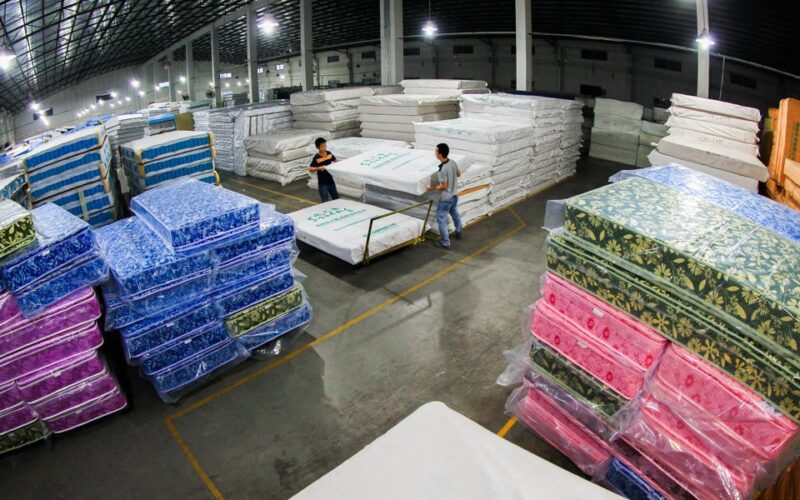China’s mattresses are flooding US markets and depressing prices so much that customers can now buy a queen-size product for under $175, The Wall Street Journal reported on Monday.
However, the mattress industry continues to be plagued by competition in the lower end of the market, prompting suspicions that Chinese manufacturers have been exporting their products to the US via third countries, per WSJ.
US Customs and Border Protection is now probing 12 US importers of shipping mattresses from China through South Korea as imports jumped 10 times from March to August last year, according to an official report.
Mattress prices run the gamut from hundreds to thousands of dollars. In 2021, the average price of a queen-size innerspring mattress was $1,050, per Statista.
Foam mattresses tend to be the cheapest options on the market. According to Insider Reviews product test earlier this year, the best foam mattresses cost between $389 and $3,825, with a median price of $1,100.
China will roll out countermeasures against US tariffs
The trade dispute over mattresses highlights broader issues surrounding the US’ trade tensions with China.
In recent months, the US and other Western countries have been criticizing China for its barrage of cheap exports flooding the world’s markets. They say China’s dumping and unfair trade practices have hurt their economies.
In May, US President Joe Biden’s administration slapped tariffs on $18 billion of Chinese goods, including a 100% tax on Chinese-made electric vehicles. Last month, the European Commission announced tariffs of up to 38.1% on Chinese EV imports — on top of existing 10% duties.
But China is likely to roll out countermeasures against any moves to constrain exports — particularly amid dismal consumer sentiment in China while external demand remains strong.
China’s countermeasures against US tariffs were already apparent from 2018 to 2019, when former President Donald Trump’s administration slapped tariffs of up to 25% on a range of Chinese imports, Louise Loo, the lead economist at UK-based Oxford Economics, wrote in a report last week.
In response, Chinese manufacturers shifted their supply chains outside the country and localized production, Loo wrote. Notably, China may have found a new way to skirt US import tariffs by exporting to the US via Mexico.
This trend is likely to continue.
“Further protectionism would drive the continued reorientation of firms’ supply chains and accelerate the localization plans of Chinese manufacturers, as firms also increasingly look at improving supply chain resiliency,” wrote Loo.
Source link
lol

